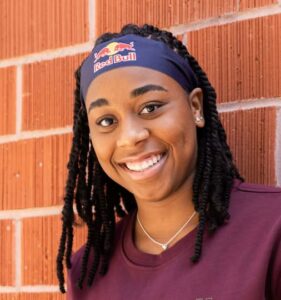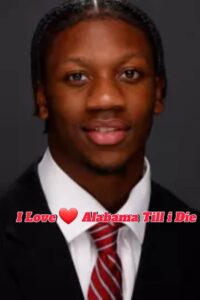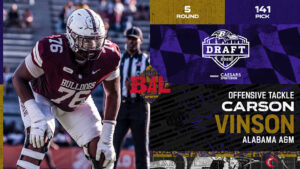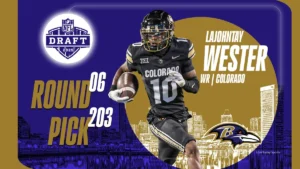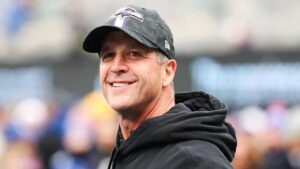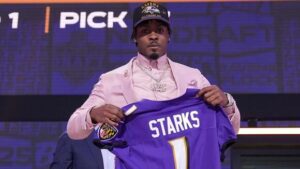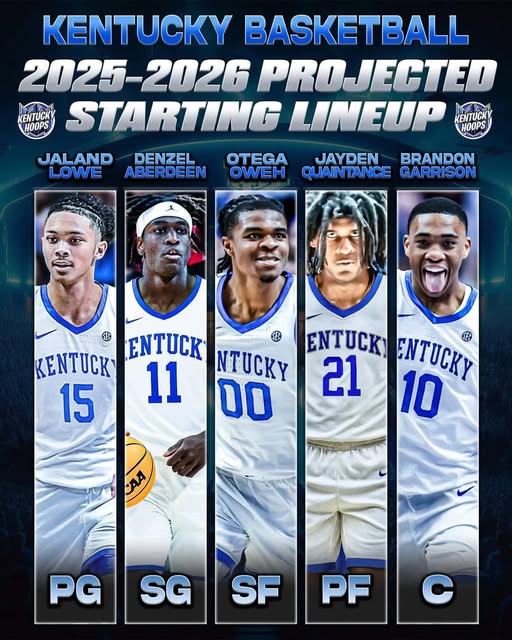
Mark Pope returns, Oweh what yall think about this starting 5.
Mark Pope’s return to the University of Kentucky as head coach marks not just a homecoming but the dawn of a new era for one of college basketball’s most iconic programs. A member of the 1996 national championship team under Rick Pitino, Pope embodies Kentucky tradition, toughness, and intellect—traits that fans have long admired and perhaps felt distanced from in recent years. His hiring isn’t merely about nostalgia; it’s a strategic decision that signals a shift in philosophy, culture, and approach. But the most immediate question fans and analysts are asking is: What will the starting five look like under Mark Pope?
Before jumping into personnel, it’s crucial to understand Pope’s basketball ideology. At BYU, his teams were known for pace, space, and shooting. He brought a modern, analytics-informed system that emphasized offensive efficiency, high assist rates, and defensive fundamentals. Unlike John Calipari’s star-centric, one-and-done heavy approach, Pope’s game is built around team cohesion, experienced contributors, and skill development. That alone reshapes expectations for the Wildcats.
So, what does this mean for Kentucky’s potential starting five?
Let’s break it down piece by piece, position by position—evaluating the players who might take the floor first next season under Pope, how they fit into his system, and what fans should expect.
This position is both the engine and the mystery. Kentucky’s previous system often revolved around elite freshman guards—think John Wall, De’Aaron Fox, or TyTy Washington. Pope, however, has thrived with older, more composed floor generals who can manage tempo, make quick decisions, and shoot the three.
At BYU, guards like Dallin Hall and Alex Barcello flourished due to their basketball IQ and ability to stretch the floor. Pope needs a player who can direct traffic, spread the ball, and serve as a second coach on the floor.
If a veteran guard returns—perhaps a player like DJ Wagner (if he stays)—he would need to refine his decision-making and outside shooting to fit Pope’s scheme. If Wagner declares or transfers, look for Pope to land an experienced mid-major or high-major transfer who’s less flashy but more steady.
Ideal Fit: A 6’2–6’4 guard with a high assist-to-turnover ratio, 38%+ from three, and three or more years of college experience.
Prediction: Expect Pope to dip into the portal for a proven playmaker—someone who’s more Tyrese Hunter than Skyy Clark. He may even pull from former BYU recruits or contacts.
This is a cornerstone of Pope’s system. At BYU, his offenses often included multiple shooters spaced along the perimeter to open up drives and pick-and-roll action. The shooting guard must be an elite spacer but also capable of putting the ball on the floor when needed.
A player like Antonio Reeves (who graduates) was tailor-made for this role. Kentucky’s future at the 2 will likely hinge on whether Pope can secure a pure shooter with size. Look for someone who can knock down shots off the catch, work through screens, and defend on the perimeter.
If Pope retains or recruits a player like Adou Thiero or another wing with shooting ability, this position could become one of Kentucky’s biggest strengths.
Ideal Fit: 6’5″–6’7″ wing, 40%+ from three, quick release, solid defensively.
Prediction: Expect a versatile shooter with a high motor, likely from the transfer portal or a retained bench piece with a skill set similar to BYU’s Spencer Johnson.
This spot is usually filled by the most versatile player on the floor in Pope’s system. Think of it as a hybrid wing who can guard 2 through 4, shoot threes, and make smart plays in transition.
This player doesn’t have to be a star, but he has to be dependable. Pope’s lineups often thrive on cohesion, and the small forward is often the bridge between the backcourt and frontcourt. Someone like Jacob Toppin, who played for Calipari, could have been excellent here due to his athleticism and improving shot.
If someone like Justin Edwards sticks around and buys into Pope’s structure, he could emerge as a real weapon. However, buy-in will be key; this system doesn’t coddle stars—it molds team players.
Ideal Fit: 6’6″–6’8″, long wingspan, good defender, 3-and-D archetype.
Prediction: A returning sophomore or a versatile grad transfer who thrives on hustle plays, rebounding, and perimeter defense.
In Pope’s world, the four is arguably the most important position outside of point guard. His offenses hum when the power forward can stretch the floor and keep defenders honest.
At BYU, Pope often deployed a “five-out” offense, where even the four and five had range. This disrupts opposing defenses, opens up the paint, and creates cutting lanes. Pope’s bigs typically weren’t dominant post players but skilled, intelligent stretch options.
If someone like Aaron Bradshaw stays and develops his jumper, he might slide into this role—though he’s more of a center by nature. Pope could also target a pick-and-pop specialist from the portal.
Ideal Fit: 6’8″–6’10″, quick feet, capable of hitting 35%+ from deep, good lateral defender.
Prediction: Either Bradshaw adapts or Pope brings in a skilled four-man with shooting chops and a high basketball IQ. Watch for names out of the WCC or Mountain West.
